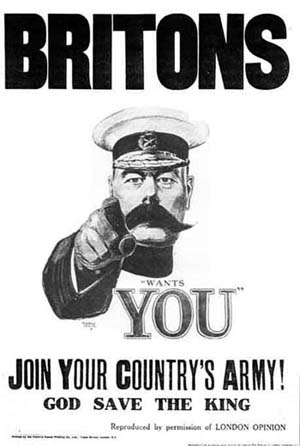 |
| Beatrice Lithby, OBE. Queen Mary's Army Auxiliary Corps Signallers, ca 1914-18. © IWM, Item Art.IWM ART 2900 |
Dear patient readers, I write after an unexpected technological debacle has left me temporarily without access to those electronically mediated channels of ether otherwise known as the internet. Moving brings its share of surprises and, while most of them have been quite pleasant, we are still actively engaged in the process of establishing web connectivity for ourselves in our new home. It shall be done quite soon and I shall return to my regularly scheduled posts.
For now, I am writing you from a local cafe and thought that I would seek out a relevant image to share with you. This delightful drawing shows a set of female operators at work with male officers at a telephone exchange in France. Telephone communication was an important technological aspect of this war and it is interesting to see the uniformed operators seated at their switchboards as the male officers use the telephone. Information could be exchanged quickly between those in command and those on the front via the telephone, although the device was subject to hazards such as lines being cut, as Gilbert Holiday's chalk and charcoal illustration below depicts:
 | |||
| Gilbert Holiday. The Observation Post: 'No reply, Sir...Line cut again!' ca 1914-18. © IWM, Item Art.IWM ART 185 |
Just as easily as we establish reliance upon modern communication technologies, our access to such cutting-edge resources can, well, be cut. The soldiers above are shown at a moment of such failure, as they discover that the telephone line is out. The officer turning to listen to the other man's report seems caught just before snapping into some kind of reaction or plan, binoculars still in hand and suggesting the vital nature of the connectivity that a field telephone could provide to those in the trenches.
Though I remain somewhat in the trenches of moving, our lines of communication will be established soon (it is hoped) and I shall return to a more frequent pattern of blogging here at "Ghosts of 1914." Please do continue to read and feel free to submit questions or suggestions via the comments section. Many thanks for tuning in!
© Fiona Robinson






